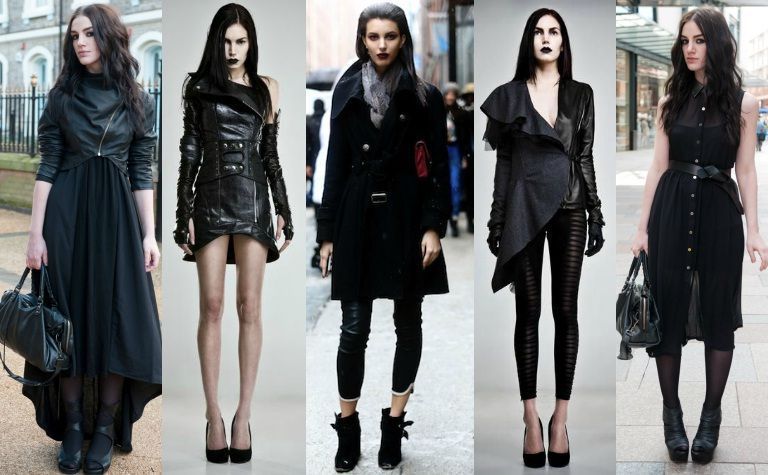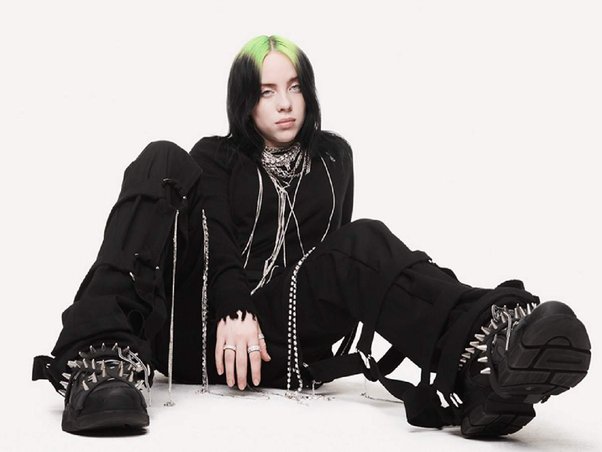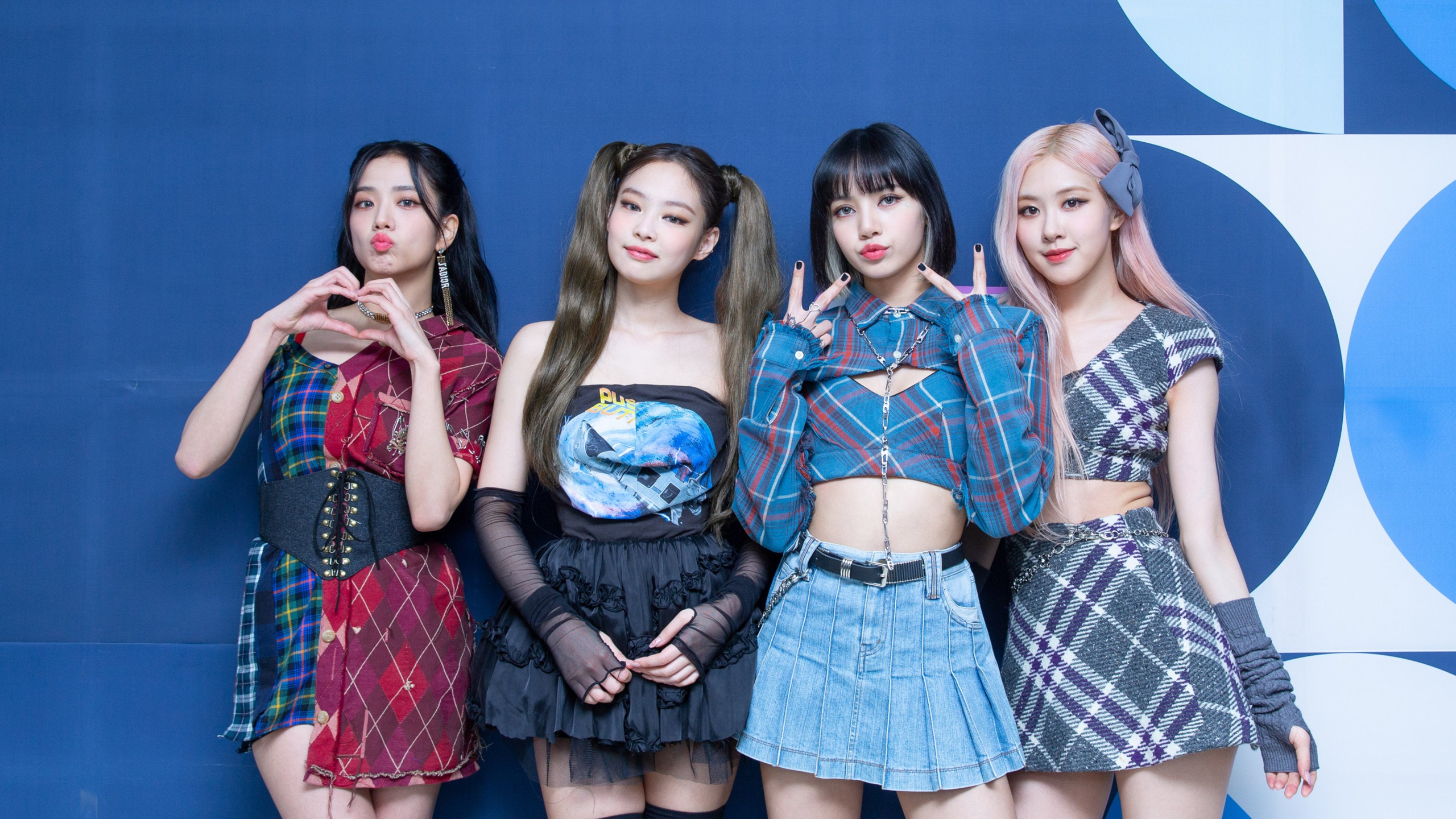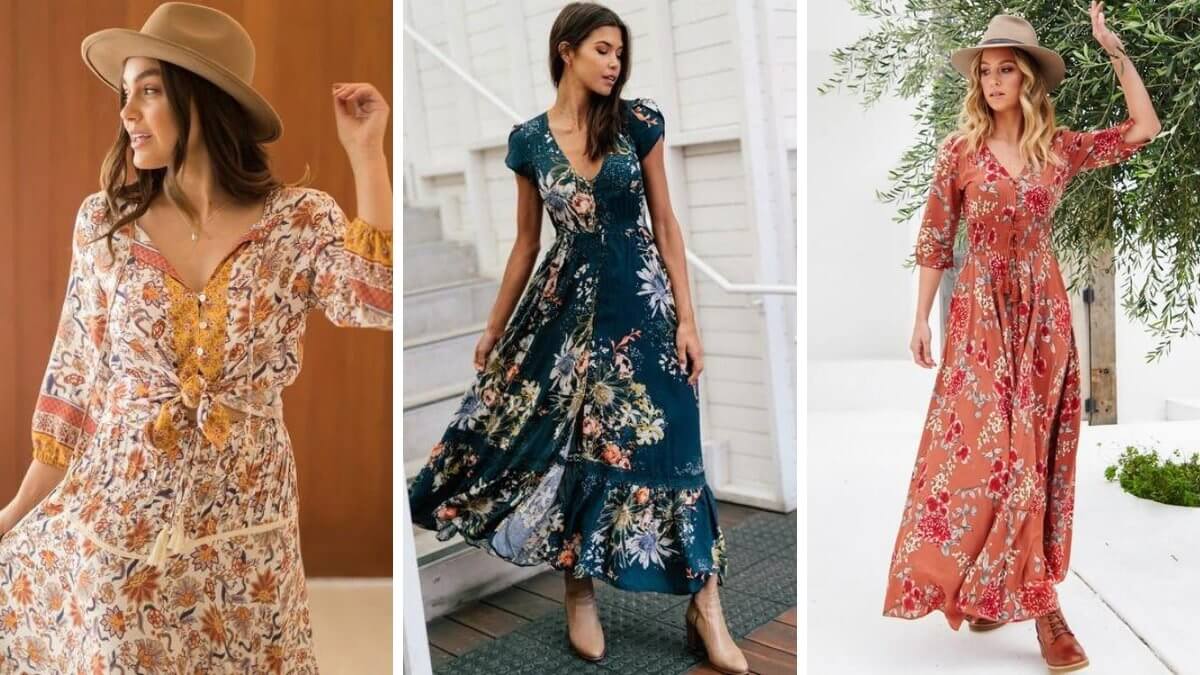College Campuses can be considered hotbeds for the variety of fashion trends on the rise. Among the vibrant tapestry, students can be seen with their unique styles and aesthetics. Under the wide range of these trends and aesthetics, various subcultures have emerged on campuses. From the rebellious character of goth to the laid[1]back feel of skater culture, the emotional depth of emo to the vivid world of K-pop, these subcultures leave a lasting influence on college fashion trends. Let’s explore the impact of these subcultures on college fashion trends and understand how they foster communities and shape the way students approach different trends.
Fashion trends that group together people for their shared interests result in the formation of subcultures. Subcultures have unique characteristics that help them to be recognized as a subset of fashion. They play a crucial role in shaping college fashion trends, fostering a sense of community for the people who may feel misunderstood by mainstream culture. College campuses promote diversity, and students use their clothing to express themselves and their personalities. Subcultures allow students to be themselves while also connecting with people who share their interests and values.
- Goth Culture
It was in the early 1980s when goth started gaining popularity. Goth culture can be said to have its roots in punk and alternative music scenes. Dark-colored fabrics like velvet, lace, and mesh are frequently used in this subculture. Gothic makeup consists of thick black eyeliner, dark red or black nail paint, and high-contrast hair. Jewelry with motifs like skulls, roses, and skeletons is used to accessorize. This all-black attire, bold and dramatic makeup, and edgy accessories are all characteristics through which goth culture is defined.
- Emo Culture
Emo culture draws inspiration from punk and indie rock music, particularly influenced by the emo music genre prominent in the early 2000s, which emphasized emotional vulnerability. The reappearance of emo fashion and music in the 2010s can be attributed to artists such as Billie Eilish. Emo fashion consists of layered clothing, visibly expressive accessories, and hair dyed in vibrant colors or styled in a fringe. The makeup is focused more on the eyes, accentuating them with a smoky look or thick eyeliner, and pairing them with nude lips. Emo clothing such as band merch and accessories helps students to find and form a connection with other students who share their interests.
- K-pop Culture
K-pop culture, which originated from South Korea’s music industry, has won the hearts of fans all over the world with its catchy tunes, energetic choreography, and bold fashion statements. It rose to prominence in the early 2010s and can be considered to be one of the most popular fashion subcultures today. K-pop fashion is characterized by its range of styles, vibrant hues, and experimental silhouettes, reflecting the culture’s emphasis on visual aesthetics and performance. This subculture’s clothing consists of trench coats, pleated skirts, and dresses mostly preferred in pastel or neutral patterns. K-pop bands like BTS and BlackPink only further popularized this culture.
- Bohemian Culture
Bohemian culture, also known as boho chic, originates from an aesthetic dating back to the late 60s and 70s. Inspired by the hippie culture, bohemian fashion celebrates creativity, freedom of expression, and an informal style. Bohemian fashion is characterized by its casual, bohemian style, which includes flowy fabrics, natural hues, and complex patterns inspired by nature and different cultures. Boho clothing mainly consists of maxi dresses, blouses, and long skirts. Students accessorize by layering handmade or vintage jewelry. Maximalism is prevalent in boho-chic style, so clashing prints, styles, colors, and vivid tones, layered with chunky jewelry are most common.
- Dark Academia
Dark academia is an aesthetic influenced by academia’s representation in literature and art. This aesthetic is considered to be heavily influenced by the Harry Potter film franchise. History, Greek arts, and gloomy aspects all played a role in the creation of this subculture. It exudes a mysterious vibe that romanticizes the pursuit of knowledge. Dark Academia outfits often include tailored and vintage-inspired clothing such as tweed blazers, turtleneck sweaters, and leather satchels. These outfits layered with scholarly accessories such as Oxford shoes, wool coats, and antique accessories, appeal to the students who are drawn by the allure of the sense of mystery this fashion trend provides.
In addition to shaping fashion trends, subcultures on college campuses also act as a medium to form social connections and improve personal growth. Through their shared interests, students form communities that extend beyond the confines of campus life. These communities provide support and a sense of belonging for students who may feel misunderstood, fostering inclusivity and solidarity among a diverse group of individuals.
Subcultures promote creativity, experimentation, and self-expression, allowing students to explore and appreciate their individuality. Students participate in them for self-discovery and personal development whether it’s through fashion, music, art, or activism. By promoting diversity, authenticity, and originality, subcultures help to develop an inclusive and accepting culture, encouraging empathy and understanding among peers.
Conclusion
In conclusion, subcultures enrich college campuses by bringing diverse perspectives, styles, and identities, influencing fashion trends, and fostering communities of like-minded people. They empower students to express themselves confidently through their fashion. As college campuses evolve into hotspots of inclusion and diversity, subcultures are bound to play a significant role in determining the future of college fashion, enabling students to embrace their own identities and celebrate the beauty of their differences.























